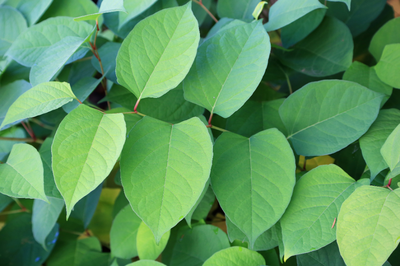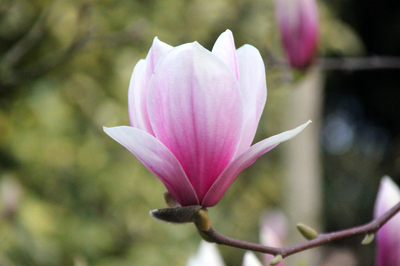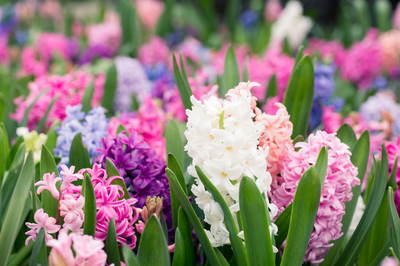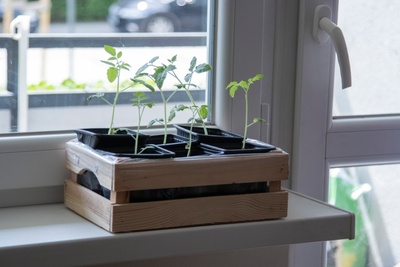
We all love the look of a lush green lawn, but keeping it that way can be a headache. Bare patches, moss and weeds are just some of the problems that face gardeners in their quest for the perfect piece of turf. But with a bit of maintenance, you can achieve a lawn to be proud of.
Getting rid of moss in your lawn
Moss tends to grow in shade or where there is poor drainage. To get rid of moss in your lawn, rake the lawn in early spring with a spring-tine rake, then apply moss killer. Once the moss has died and turned black (this takes a few weeks), rake again to remove the dead moss. Dead moss takes a long time to break down, so add it to your compost bin gradually, over time. To reduce the chance of moss growing back, aerate your soil in autumn by spiking holes in it with a hollow-tine aerator or garden fork. This breaks up compacted soil and improves drainage, allowing the grass to flourish and out-compete the moss.
Reseeding bare patches in a lawn
Bare patches are another concern for lawn-proud gardeners. Shade, heavy foot traffic, drought or the removal of moss and weeds can all result in bald spots in your lawn. The simplest way to fix these is to re-seed the area in early spring, giving the grass time to grow and develop roots before the heat of summer. How to sow grass seed:
- Wait until the temperature is reliably above 10°C (50°F), as grass seeds won’t germinate if the soil is too cold.
- A few days before sowing, rake the area lightly to break up the surface of the soil. Rake in a granular lawn fertiliser, then leave for two or three days.
- Scatter your lawn seed by hand or use a fertiliser spreader. To make sure you cover the area evenly, sow in one direction then go over the same area again sowing at right angles.
- Rake the area to mix the seed with the soil, then water.
- Cover with netting to stop birds eating the seeds.
- Keep watering regularly until the grass has germinated and is well established.
Feeding and weeding lawns
In mid-spring, once the lawn starts to grow, feed it with a spring lawn fertiliser. To get rid of weeds use a lawn weed killer to target broadleaf weeds like docks and dandelions, or remove these by hand using a dandelion weeder, which has a long blade to get as much of the root as possible.
Mow the lawn on your lawnmower’s highest setting in spring. As the season progresses and the lawn grows more strongly, you can gradually reduce the cutting height on your mower.
Visit our garden centre to find everything you need to get your lawn looking great this spring!




